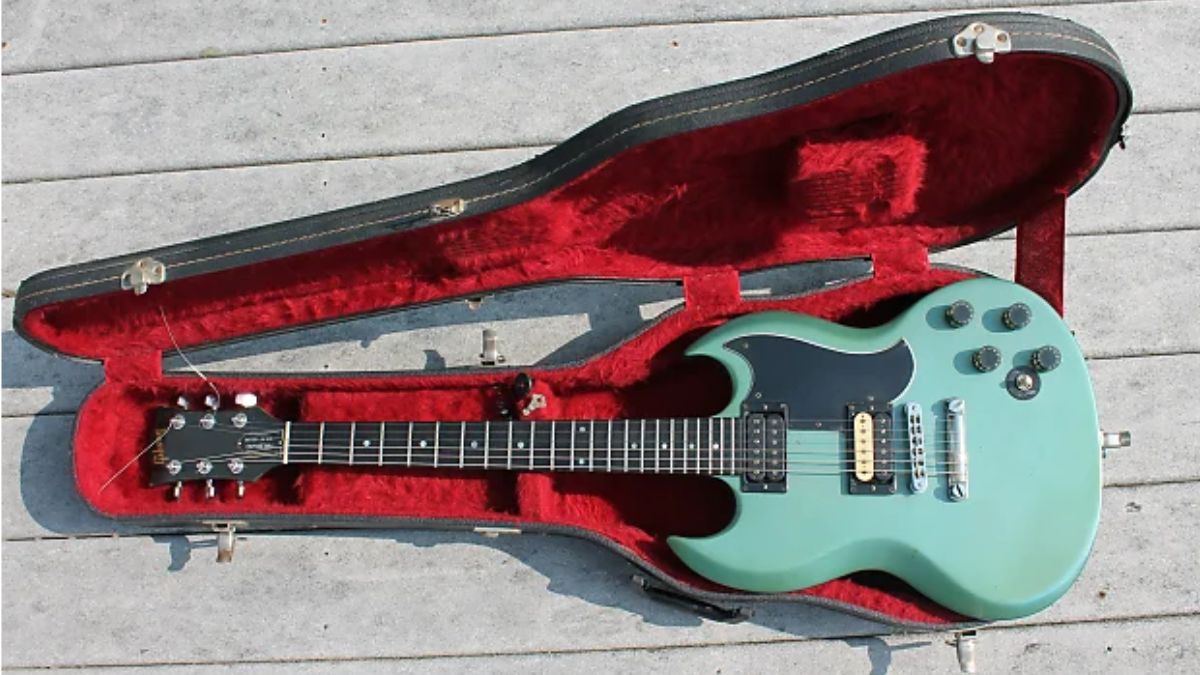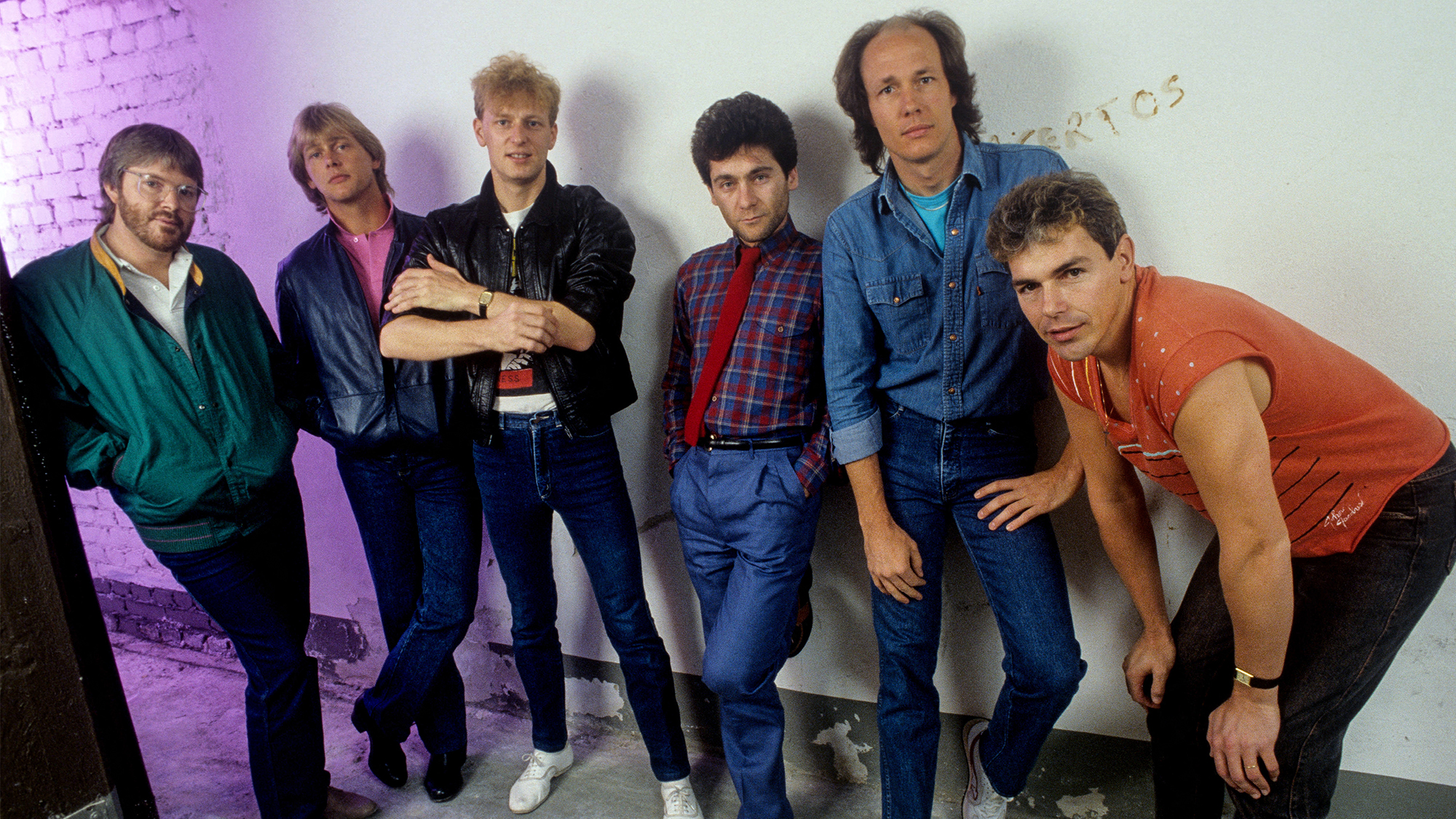“It was a fantastic guitar, and a major step up for me”: Zakk Wylde on selling – and buying back – his first good guitar, and why others should avoid the same mistake
Keeping your early gear helps you reconnect with your younger self, says Zakk

Despite scoring the life-changing gig as Ozzy Osbourne’s foil, Zakk Wylde has tried to remain humble over the years, and he says hanging onto his first-ever good-quality electric guitar helps him stay firmly tethered to his roots.
His comments draw parallels with Kenny Wayne Shepherd’s belief that guitarists should start their journeys with the instrument on “crappy guitars.” Doing so, he reckons. allows players to better appreciate quality gear once their talents have levelled up enough to warrant a splurge. Wylde learned his lesson the hard way.
Wylde’s journey began on a 1981 Gibson Firebrand SG in Pelham Blue. The guitar was typically sold with a natural walnut finish – Wylde got an outlier. It’s believed a number of these builds were given new, exotic colorways to help sell off the last of the remaining stock in the early ‘80s.
After a while, perhaps with the provenance of his “The Grail” Les Paul driving his new career, he opted to sell it on. Then the regret set in.
“I managed to buy it back,” he tells Guitar World in their latest issue. “Which was an amazing feeling."
Interestingly, a Reverb listing from Sky Dog Guitars claiming to be Wylde’s Pelham Blue SG appeared seven years ago. It had a fairly lofty $6K price tag on its headstock, and while it’s impossible to confirm it was really his, the timeline does seem to match up with Wylde’s appearance on the cover of Vintage Guitar Magazine in December 2021. The narrative of that feature centers on him being reunited with the axe.
A video on the Trogly's Guitar Show YouTube channel, posted in January 2022, covers this mystery in great detail, and leans towards confirming the authenticity of the listing. Either way, Wylde realized the importance of not letting go of the past.
All the latest guitar news, interviews, lessons, reviews, deals and more, direct to your inbox!
“I think it’s important to keep your early gear if you can,” he says. “There’s something special about picking up a guitar years later and thinking about the hours you put in. Those first guitars are what set you off on the path. I have friends who say they wish they still have some old toy, and I always say just go and hunt one down on the internet! Reconnect yourself, you know?

“I did so much of my learning on it,” Wylde adds of his history with the SG. “I bought it at Red Bank Music [in New Jersey] back in the day. There was a lot of publicity for these models at the time; I remember the Gibson ads saying, ‘A Firebrand for under a grand’. It was a fantastic guitar, and a major step up for me.
“Before I got it, I had a bunch of guitars that weren’t anywhere close to the SG. There was a copy of a Gibson L6 with action that was about 10 feet off the neck. I had a Fernandes [the Japanese brand played by Robert Fripp] and a couple of Electras in crazy shapes and some other stuff that was pretty crappy.
“The ones I didn’t hang on to, I tried to pick up in later years on eBay or Reverb; some I managed to buy back from the guys I’d sold them to, so I have all my childhood memory guitars one way or another.”
Those memories extend beyond what he learned, and how he improved, on those instruments, too. As he says, they can have direct ties with the people that helped turn Jeffrey Phillip Wielandt, the son of a WW2 veteran, into Zakk Wylde, guitar hero.
“My guitar teacher at the time, Leroy, recommended the guitar to me,” he reveals. “He was a fan of SGs; he thought the double cutaways and access to the top frets would suit the stuff I wanted to play. I wasn’t really playing shows when I got it, more parties and jamming in the basement. I spent a ton of time woodshedding,” which explains the heavy wear on the neck.

“I never changed a single thing on it – it’s completely stock,” Wylde adds. “I still pull it out from time to time at home; it’s a bit of a lost classic in the Gibson range. Another thing about it was the colour, which I liked so much that I’ve used it on a few guitars since then as well as on some of my own Wylde Audio fiddles.”
Wylde has also recently recalled how one of his guitar students turned him onto the majesty of EMG pickups, a tonal ingredient he’s never wavered since, and looked back on his Ozzy audition. He believes there was one key reason why he got the gig over some stiff competition.
A freelance writer with a penchant for music that gets weird, Phil is a regular contributor to Prog, Guitar World, and Total Guitar magazines and is especially keen on shining a light on unknown artists. Outside of the journalism realm, you can find him writing angular riffs in progressive metal band, Prognosis, in which he slings an 8-string Strandberg Boden Original, churning that low string through a variety of tunings. He's also a published author and is currently penning his debut novel which chucks fantasy, mythology and humanity into a great big melting pot.


